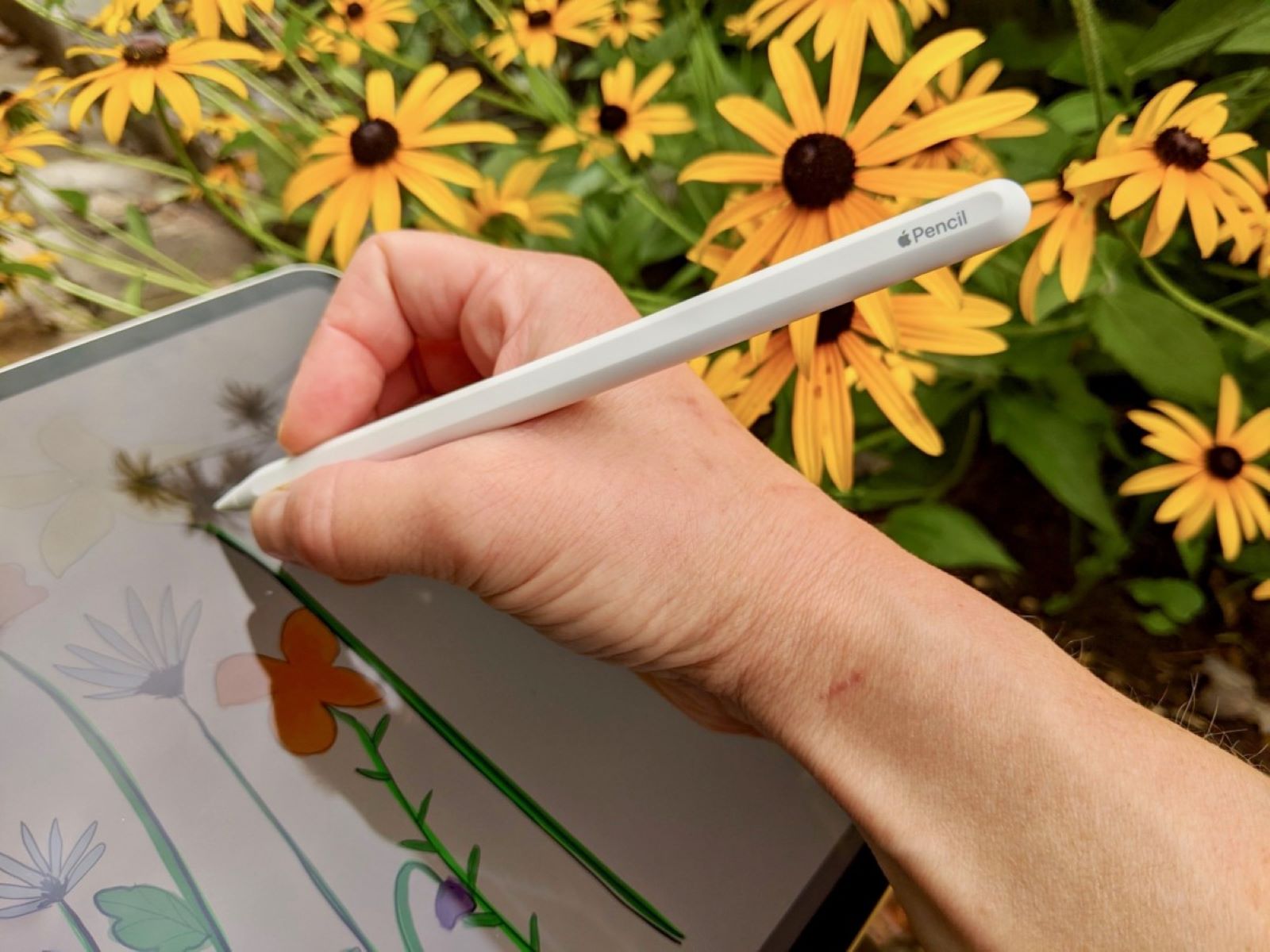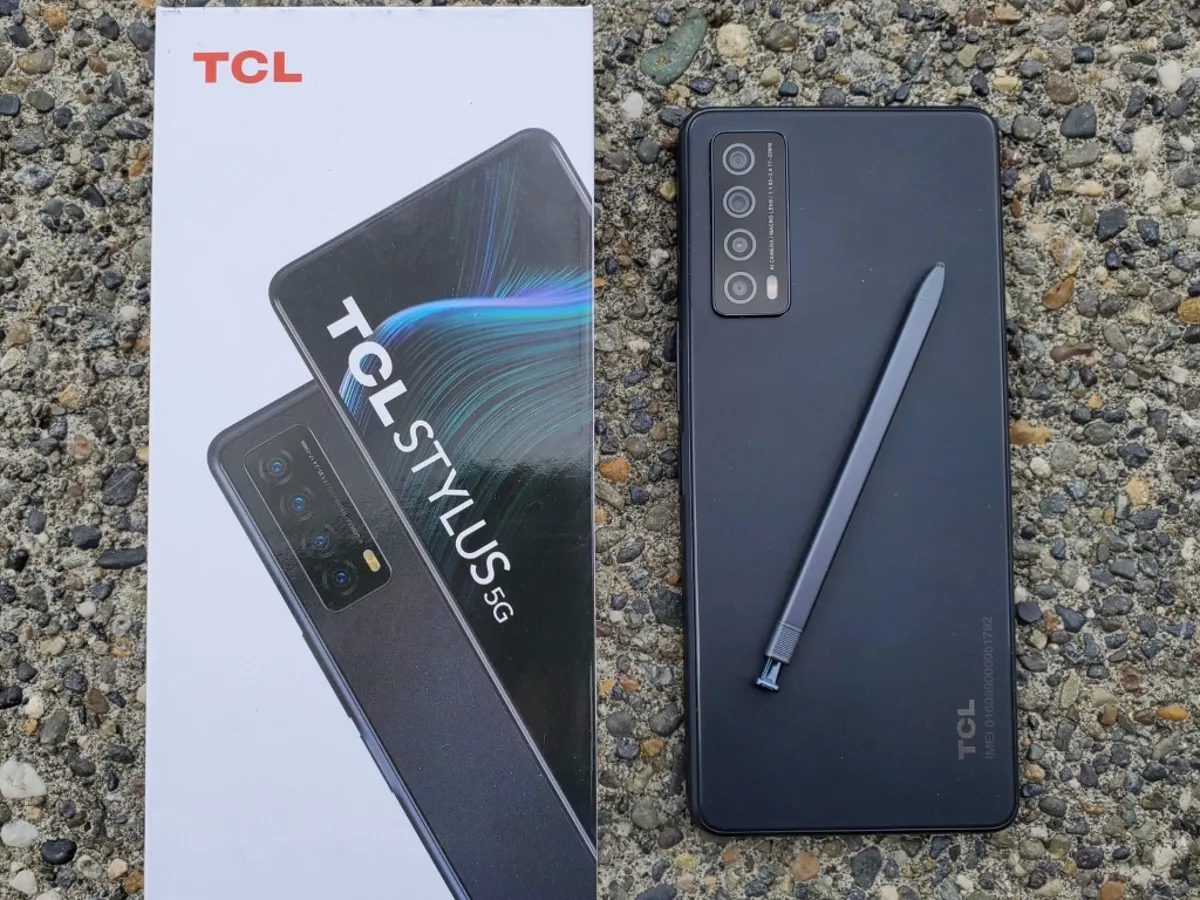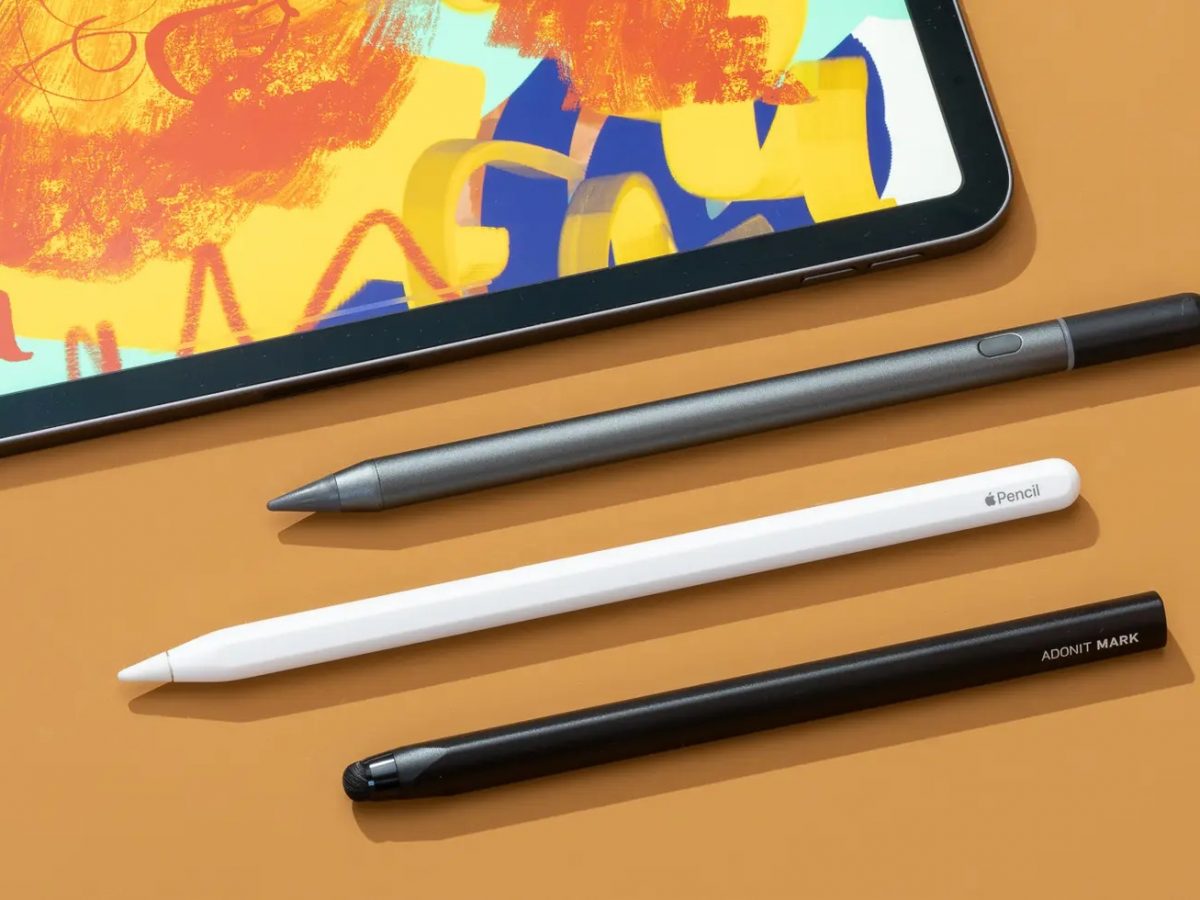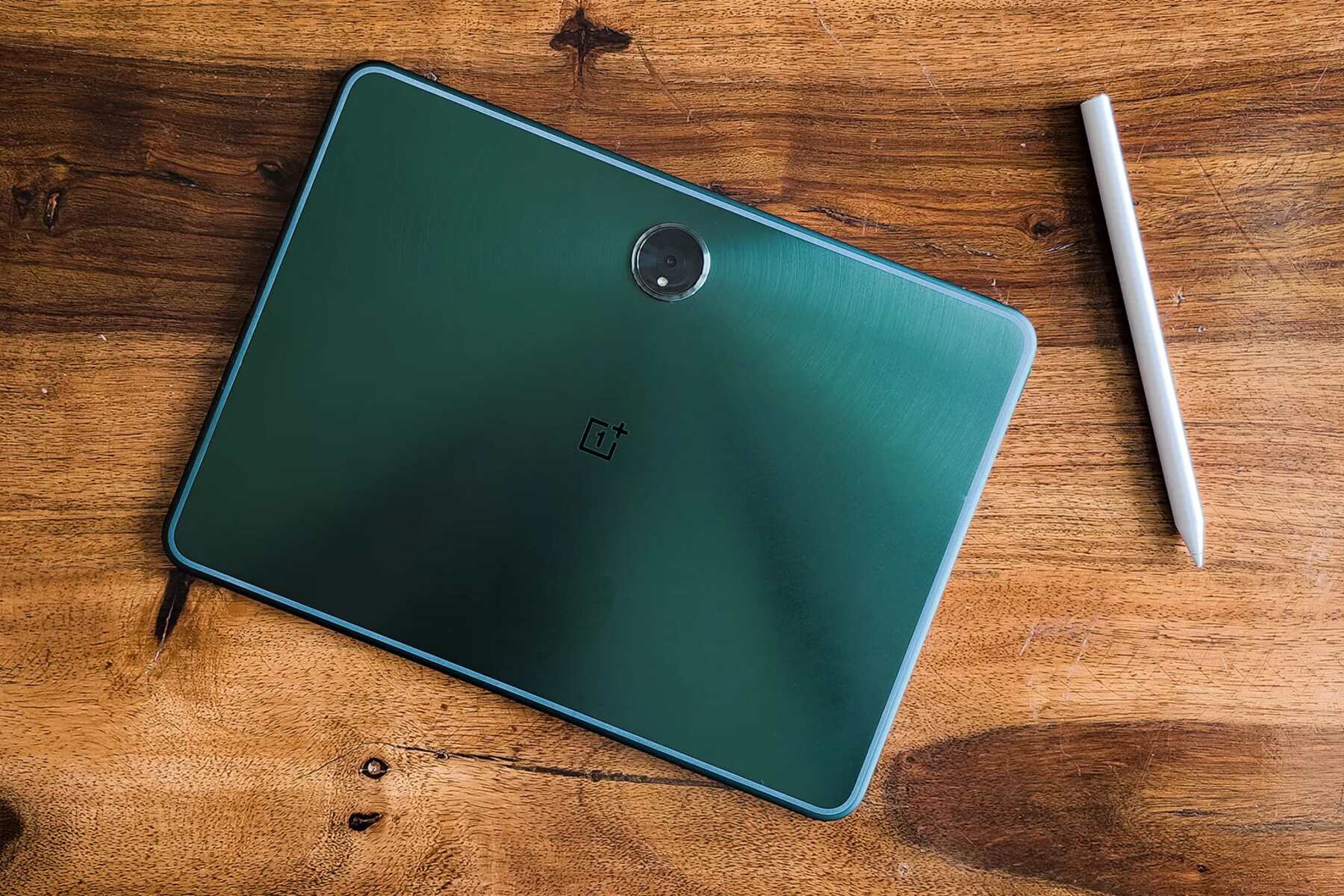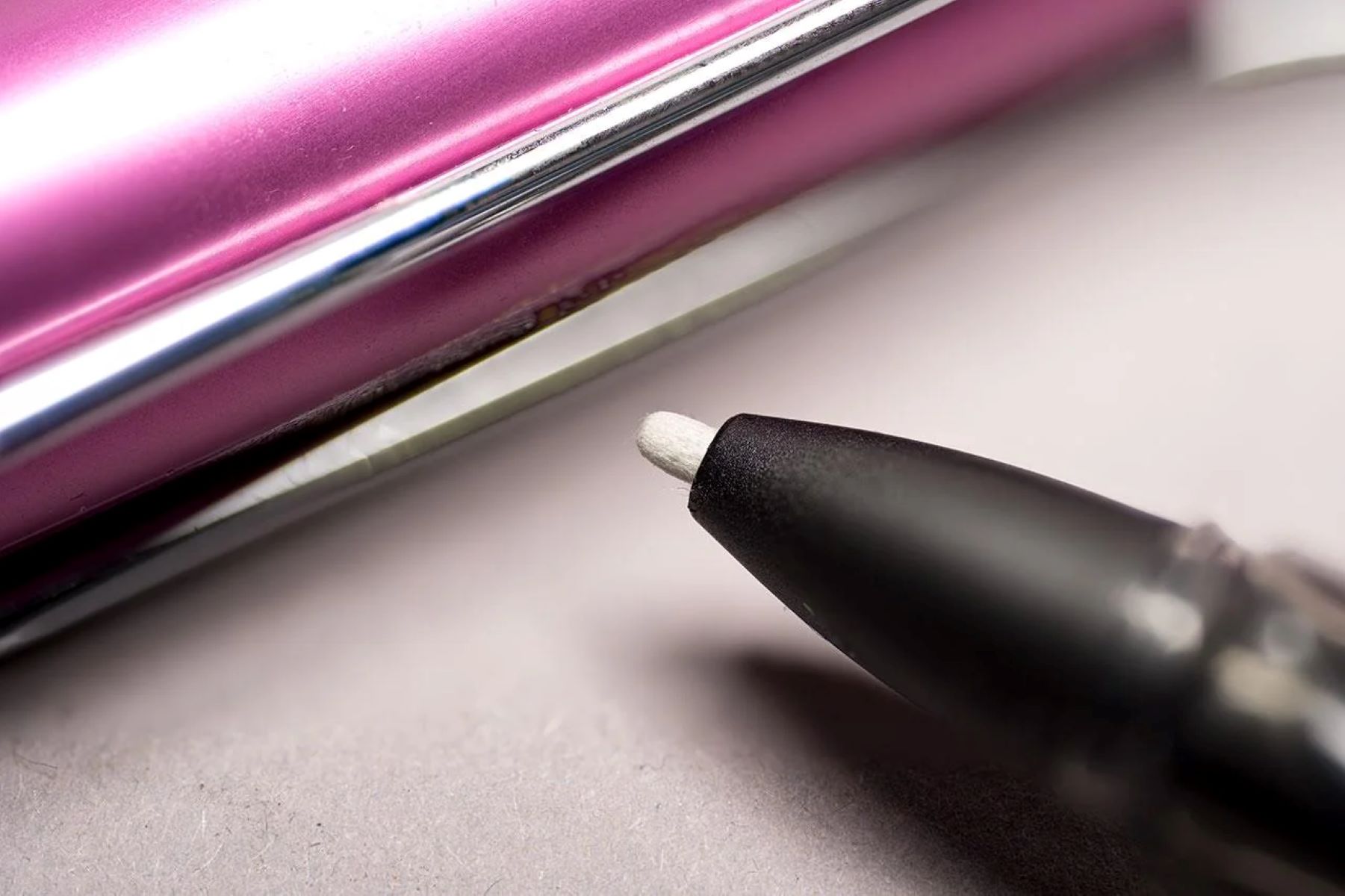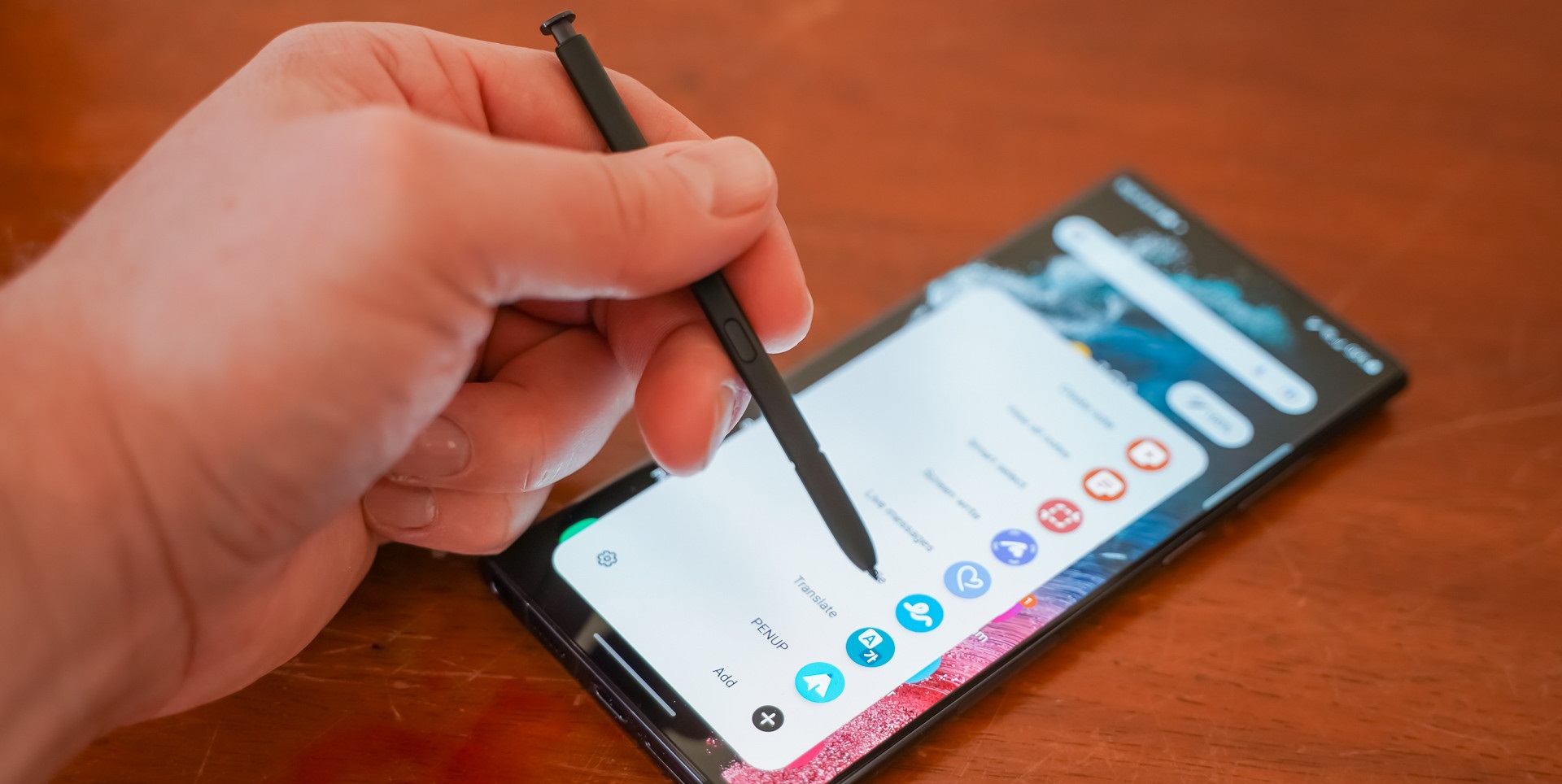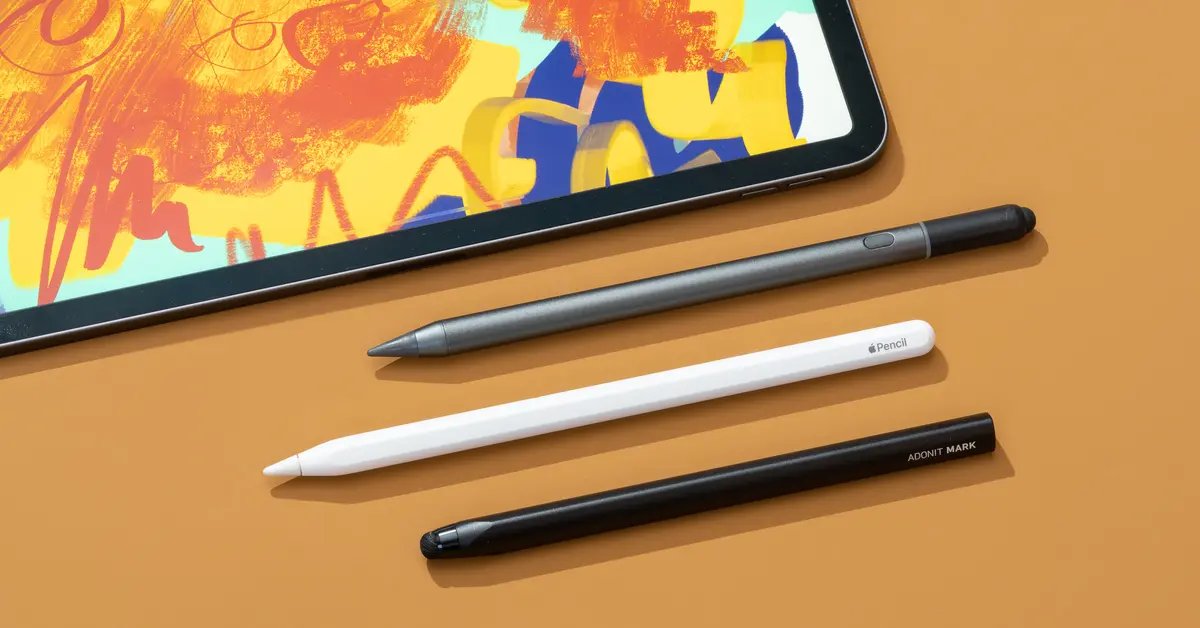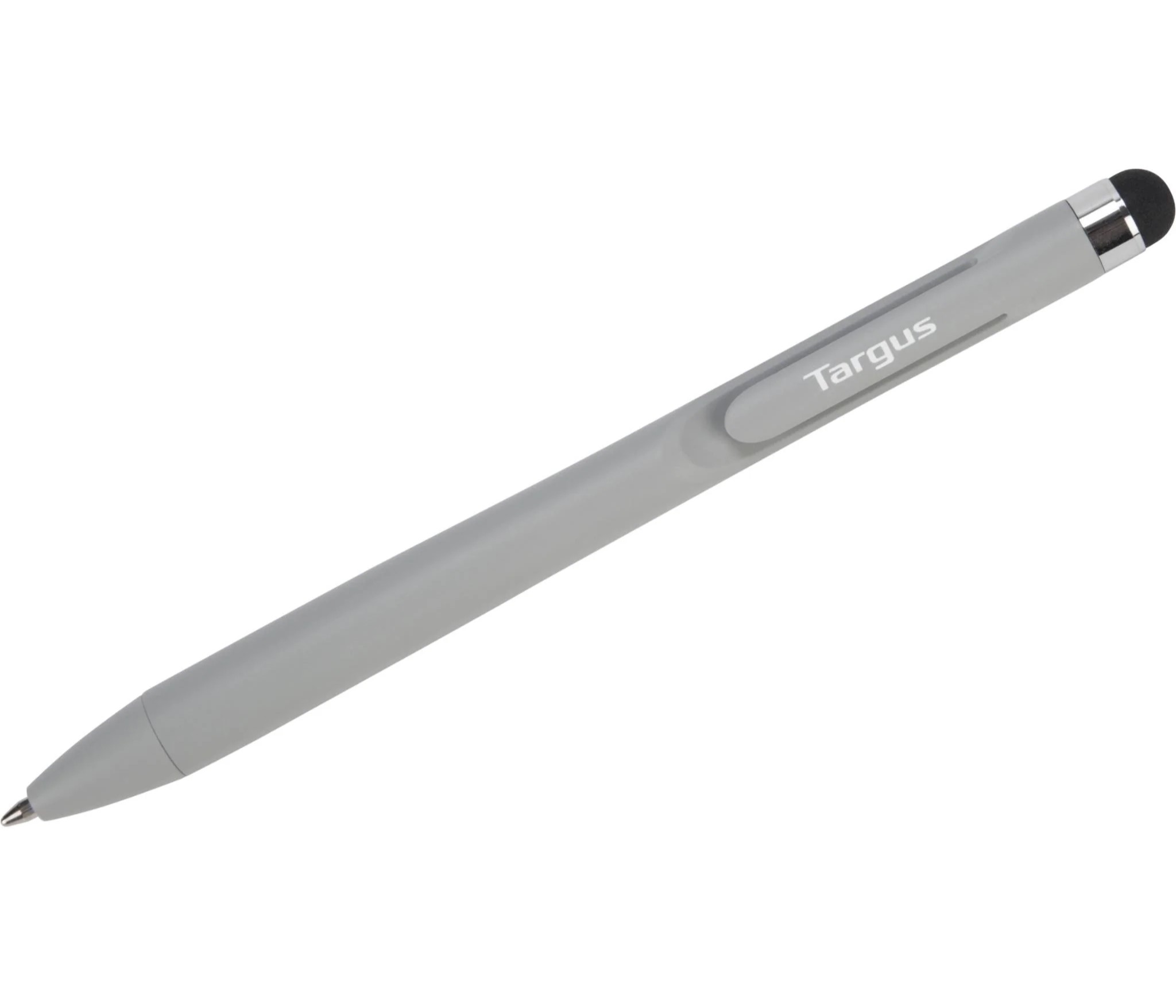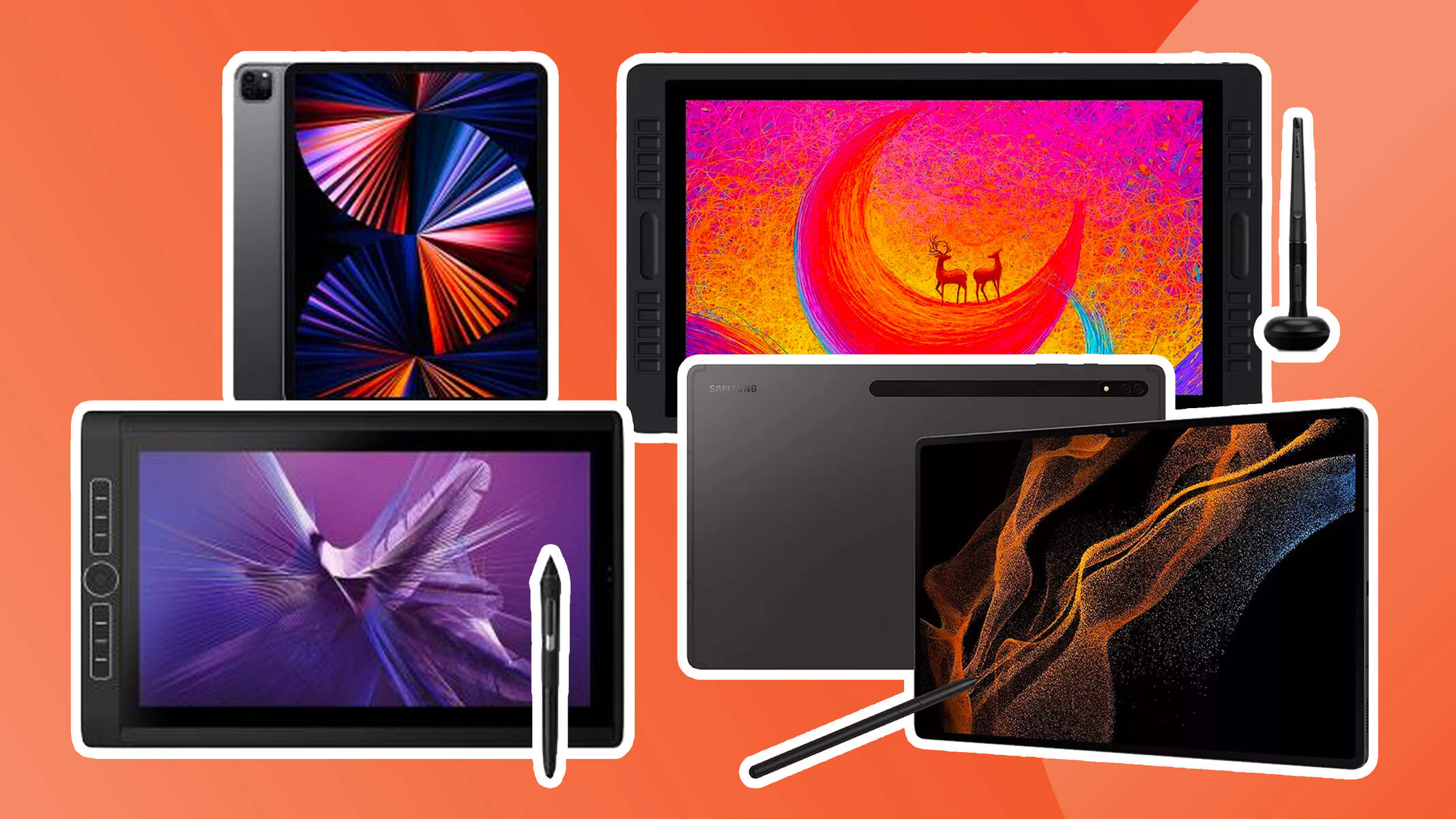Introduction
When it comes to the world of digital devices, the stylus pen stands out as a versatile tool that has revolutionized the way we interact with touchscreens. From sketching and note-taking to precise navigation, the stylus has become an indispensable accessory for a myriad of devices, including tablets, smartphones, and graphic tablets. However, like any tool, the durability of a stylus pen is a crucial consideration for consumers. Understanding the factors that influence its lifespan can help users make informed decisions and maximize the longevity of their investment.
The durability of a stylus pen is influenced by a multitude of factors, including the materials and construction, usage and maintenance practices, and environmental conditions to which it is exposed. By delving into these aspects, we can gain a comprehensive understanding of what contributes to the lifespan of a stylus pen. Furthermore, setting realistic expectations regarding its durability can guide users in making prudent choices and adopting suitable care practices to prolong its lifespan.
In this article, we will explore the various factors that impact the durability of a stylus pen, providing insights into the materials and construction, usage and maintenance practices, and environmental conditions that can affect its lifespan. By shedding light on these critical elements, we aim to empower users with the knowledge needed to make informed decisions and extend the longevity of their stylus pens. Let's delve into the intricacies of stylus pen durability and uncover the secrets to maximizing its lifespan.
Factors Affecting Durability
Several key factors play pivotal roles in determining the durability of a stylus pen. Understanding these factors is essential for users seeking to maximize the lifespan of their stylus pens. Let’s explore the primary elements that influence the durability of these versatile tools.
- Materials and Construction: The materials used in the construction of a stylus pen significantly impact its durability. High-quality materials, such as aluminum or stainless steel, contribute to a robust and long-lasting design. Additionally, the construction of the pen, including the internal components and the integrity of the tip, influences its ability to withstand regular use and potential impacts.
- Usage and Maintenance: The frequency and intensity of usage, as well as the maintenance practices employed, directly affect the longevity of a stylus pen. Excessive force during use or improper storage and handling can lead to premature wear and damage. Conversely, regular cleaning and proper storage can help maintain the pen’s functionality over an extended period.
- Environmental Conditions: The environment in which a stylus pen is utilized plays a significant role in its durability. Exposure to extreme temperatures, moisture, or abrasive particles can compromise the structural integrity of the pen. Furthermore, environmental factors such as humidity and dust accumulation can impact the internal components, affecting the overall performance and lifespan of the stylus pen.
By considering these fundamental factors, users can make informed decisions regarding the selection, usage, and maintenance of their stylus pens, ultimately prolonging their functional lifespan. Now, let’s delve deeper into each of these factors to gain a comprehensive understanding of their impact on the durability of stylus pens.
Materials and Construction
The materials and construction of a stylus pen are fundamental determinants of its durability. High-quality materials and meticulous construction contribute to the resilience and longevity of these essential tools. Let’s explore the critical aspects of materials and construction that influence the durability of stylus pens.
The choice of materials profoundly impacts the durability of a stylus pen. Premium materials, such as aluminum, stainless steel, or durable plastics, are commonly employed in the construction of stylus pens to ensure robustness and longevity. These materials offer resistance to wear, corrosion, and impact, safeguarding the integrity of the pen during regular use.
Furthermore, the construction of the stylus pen, including the design of the body, the quality of internal components, and the precision of the tip, plays a pivotal role in determining its durability. A well-constructed stylus pen exhibits seamless integration of components, ensuring structural integrity and optimal functionality. The precision and durability of the pen’s tip, often made of materials like conductive rubber or specialized polymers, are crucial for maintaining consistent performance and minimizing wear on touchscreen surfaces.
Moreover, the assembly and sealing of internal components, such as the circuitry and pressure-sensitive elements, are critical considerations in the construction of a durable stylus pen. A well-sealed and robust internal structure enhances the pen’s resilience against environmental factors and mechanical stress, contributing to its overall longevity.
By prioritizing high-quality materials and meticulous construction, manufacturers can produce stylus pens that withstand the rigors of everyday use, providing users with reliable and durable tools for their digital endeavors. Understanding the significance of materials and construction empowers users to make informed choices when selecting stylus pens, ensuring that they invest in durable and long-lasting accessories for their devices.
Usage and Maintenance
The usage and maintenance practices employed by users play a pivotal role in determining the durability and longevity of a stylus pen. Understanding how usage habits and maintenance routines impact these essential tools is crucial for maximizing their lifespan and preserving their functionality.
The frequency and intensity of usage significantly influence the wear and tear experienced by a stylus pen. Applying excessive force or using the pen at extreme angles can accelerate the deterioration of the tip and internal components, leading to premature wear and potential damage to the touchscreen surface. Therefore, employing gentle and controlled movements during usage can mitigate unnecessary strain on the pen, contributing to its long-term durability.
Additionally, proper maintenance practices are essential for preserving the functionality and structural integrity of a stylus pen. Regular cleaning of the pen’s tip and body, using suitable cleaning solutions and soft materials, can prevent the accumulation of debris and contaminants that may compromise its performance. Furthermore, storing the stylus pen in a protective case or designated holder when not in use shields it from potential impacts and environmental factors, safeguarding its longevity.
Adopting mindful usage habits and implementing consistent maintenance routines can significantly extend the lifespan of a stylus pen, ensuring that it remains a reliable and durable tool for digital interactions. By prioritizing responsible usage and proactive maintenance, users can maximize the value of their stylus pens and enjoy prolonged functionality across various devices.
Environmental Conditions
The environmental conditions to which a stylus pen is exposed have a profound impact on its durability and overall performance. Understanding the influence of environmental factors is essential for users seeking to protect and prolong the lifespan of their stylus pens.
Extreme temperatures can adversely affect the materials and internal components of a stylus pen. Exposure to excessive heat or cold can lead to structural degradation, compromising the integrity of the pen and impairing its functionality. Moreover, fluctuations in temperature can cause expansion and contraction of materials, potentially leading to stress and damage within the pen’s construction.
Moisture and humidity present additional challenges to the durability of stylus pens. Prolonged exposure to moisture can result in corrosion of metal components and deterioration of sensitive electronic elements, ultimately impacting the pen’s performance and longevity. Similarly, high humidity levels can promote the accumulation of moisture within the pen, posing risks to its internal circuitry and functionality.
Furthermore, environmental factors such as dust, dirt, and abrasive particles can pose threats to the durability of a stylus pen. Particulate matter can infiltrate the pen’s mechanisms, causing friction, wear, and potential damage to critical components. Protecting the pen from exposure to abrasive particles and maintaining a clean environment during usage and storage can mitigate these risks and contribute to its prolonged durability.
By acknowledging the influence of environmental conditions, users can implement protective measures to safeguard their stylus pens from potential harm. Storing the pen in a controlled environment, away from direct sunlight, moisture, and contaminants, can significantly contribute to its longevity and ensure consistent performance across various digital platforms.
Lifespan Expectations
Understanding the expected lifespan of a stylus pen is essential for users to make informed decisions and manage their expectations regarding the durability of these indispensable tools. While numerous factors influence the longevity of a stylus pen, it is important to establish realistic expectations based on its design, materials, and usage patterns.
The anticipated lifespan of a stylus pen varies depending on the quality of its construction, the materials used, and the intensity of usage. High-quality stylus pens crafted from durable materials such as aluminum or stainless steel, and featuring precision-engineered components, are designed to withstand extensive use and offer prolonged functionality. These premium pens often exhibit a longer lifespan compared to their lower-quality counterparts, providing users with reliable performance over an extended period.
Additionally, the frequency and manner of usage significantly impact the expected lifespan of a stylus pen. Gentle and controlled usage practices, coupled with regular maintenance, can contribute to the pen’s longevity by minimizing wear and preventing premature damage. Conversely, aggressive or careless usage may accelerate wear and compromise the pen’s durability, potentially shortening its lifespan.
It is important for users to consider the manufacturer’s specifications and recommendations regarding the expected lifespan of their stylus pens. While some pens may be designed for long-term durability and extensive use, others, particularly those designed for casual or occasional use, may have more limited lifespans. By aligning their usage habits with the intended design and capabilities of the stylus pen, users can optimize its longevity and derive maximum value from their investment.
Ultimately, by acknowledging the factors that influence the lifespan of a stylus pen and managing their expectations accordingly, users can make informed choices when selecting a stylus pen and adopt usage and maintenance practices that support its durability. By doing so, they can maximize the lifespan and functionality of their stylus pens, ensuring a seamless and reliable digital experience across various platforms.
Conclusion
Exploring the durability and lifespan of a stylus pen reveals the intricate interplay of various factors that influence its longevity. From the materials and construction to usage habits and environmental conditions, each element contributes to the overall durability and expected lifespan of these essential digital tools.
By understanding the significance of high-quality materials and meticulous construction, users can make informed decisions when selecting a stylus pen, prioritizing durability and resilience. Additionally, adopting mindful usage practices and proactive maintenance routines can significantly extend the lifespan of a stylus pen, ensuring that it remains a reliable and durable accessory for digital interactions.
Environmental considerations further underscore the need to protect stylus pens from adverse conditions, such as extreme temperatures, moisture, and abrasive particles, which can compromise their functionality and structural integrity. By safeguarding the pens from these environmental stressors, users can enhance their durability and ensure consistent performance across various devices.
When managing expectations regarding the lifespan of a stylus pen, users should consider the intended design and capabilities of the pen, aligning their usage habits with its specifications to optimize longevity. By acknowledging the influence of usage patterns and materials on the pen’s durability, users can make informed choices and maximize the value of their investment.
In conclusion, the durability and expected lifespan of a stylus pen are shaped by a combination of factors, each playing a crucial role in preserving the functionality and resilience of these indispensable tools. By prioritizing quality, responsible usage, and protective measures, users can extend the longevity of their stylus pens, ensuring a seamless and enduring digital experience.







